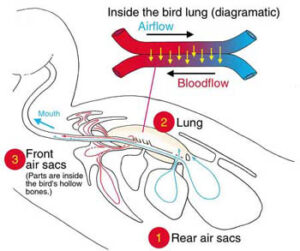 Panting in racing pigeons can be a completely normal pattern of respiration depending on the conditions. But it can also be a sign of disease or danger. In this article series, we will look at the bird respiratory system and how it adapts for survival in times of stress and disease.
Panting in racing pigeons can be a completely normal pattern of respiration depending on the conditions. But it can also be a sign of disease or danger. In this article series, we will look at the bird respiratory system and how it adapts for survival in times of stress and disease.
Anatomy of the Bird Respiratory System
The respiratory system of a bird functions, to a point, similar to ours. The basic function is that inhaled air goes down the windpipe into a pair of lungs. But, beyond the basic function, there are major differences, which a successful fancier needs to learn in order to diagnose abnormal panting in his racing pigeons.
The bird’s respiratory system is still somewhat primitive from an evolutionary standpoint. However, there are some great advantages to the respiratory system of a bird that allows it to travel long distances at amazing speeds. Let’s look at this in more detail.
First of all, unlike humans, birds do not have a diaphragm, which is a muscle sheath that separates the chest from the abdomen. In a human, the diaphragm contracts, creating negative pressure in the chest cavity, which then causes air to rush into the lungs through the windpipe.
Air Sacs—An Integral Part of the Avian Respiratory System
Air Sacs for Speed and Endurance
Air sacs are an amazing anatomical feature that allows the bird to be buoyant enough to fly. Transparent tissue balloons that open off the lungs, air sacs occupy a lot of the bird’s internal body space. Filled with air, the bird is light and flight is possible.
Another feature that helps the bird is the fact that air flows through the air sacs and fresh air flows through the lungs on both inhalation and exhalation. This mean more oxygen is delivered more efficiently to the bird’s tissues. This abundance of oxygen gives the bird the ability for both stamina and speed.
Humans, if they are fast, can sprint 100 meters in 10 seconds. A greyhound dog might run about 300 meters in 16 seconds. But, compared to a racing pigeon, this is ‘third gear’! Racing pigeons will not only be as fast as or faster than the fastest greyhound, the racer can maintain the speed for hours.
Air Sacs—the Bird’s Radiator
Air sacs also function to maintain the bird’s normal body temperature and hydration. Because birds do not have sweat glands, they can’t cool themselves through evaporation of moisture from their skin. The way a bird cools itself is through the evaporation of moisture from the air sac lining.
As the bird heats up, it begins to breathe more rapidly, or pants, to increase the cooling process. The panting moves more air over the air sacs, cooling the bird. This panting is normal
The bird also loses moisture in the cooling process so it is essential that the pigeons have access to water. Drinking water replaces the lost fluid and prevents dehydration.
Now that you have learned about panting in racing pigeons as a normal function, let’s look at panting as part of the disease process in the second part of this article series.

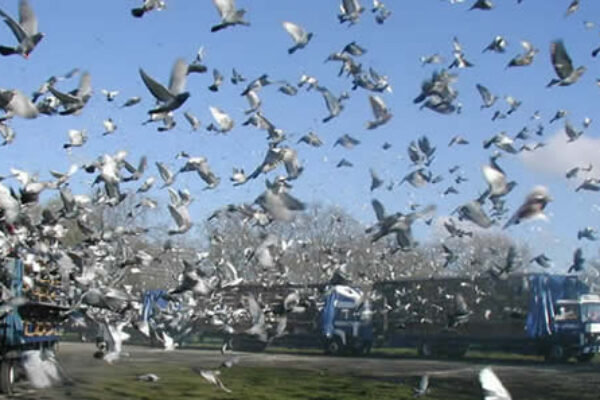
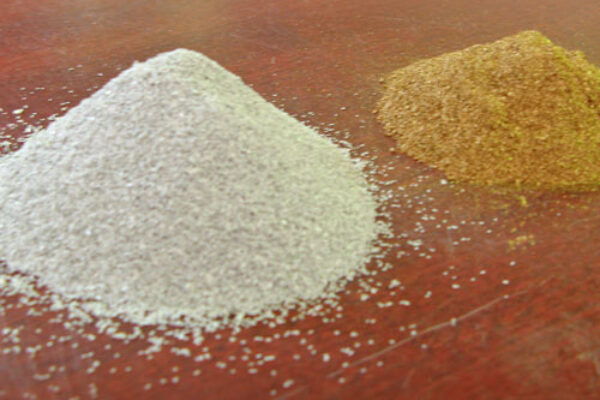
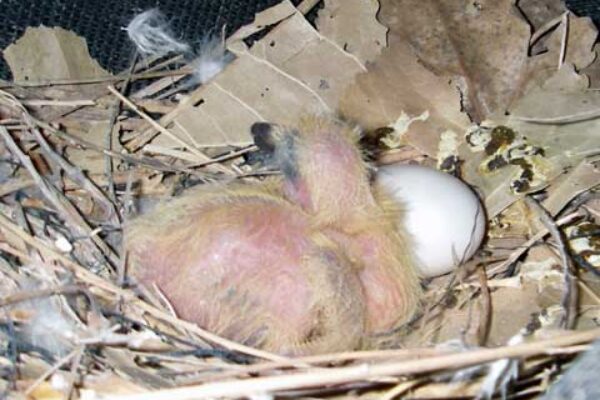
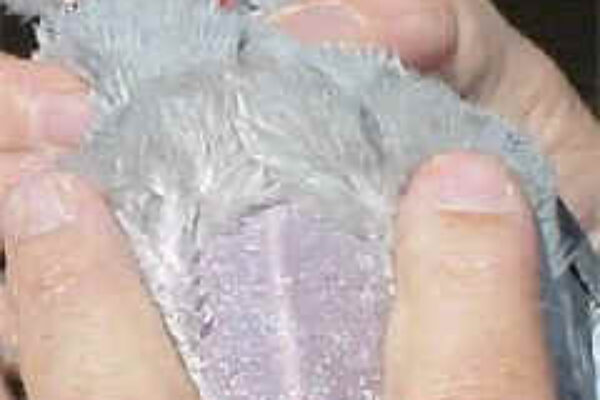
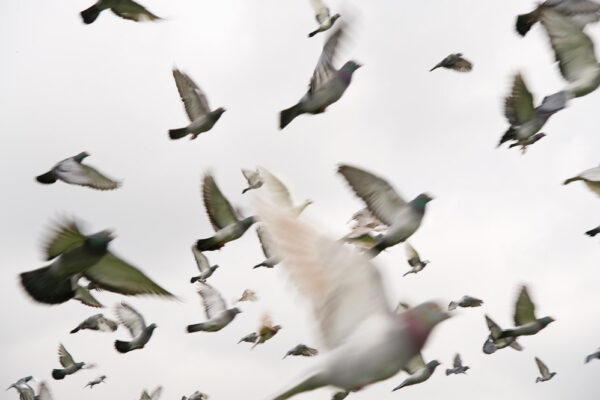



Thanks !!!
great comments counterparts
Is it possible that one can handle a bird wrongly and if possible what happen to the airsacss.
I would like to know if one handle a bird wrongly can any thing happen to his airsacs and what can happen? Thank you.
Vey interesting and helpful article. I have also made wrong diagnosis concerning panting in the past. One need to be careful because there could be different causes. But I think respiratory problems is one of the mayor causes of bad results
Hi, you all thanks Chris for the good articles, my first season ended last night, I ended up 9 th in the club, for a first timer I am really happy with my results, I would really like to know what medication I can safely use for respiratory illness.
Thanks you all
Hi Chris for new flyers this is a good article Brad.
+The respiratory system of a pigeon must be in perfect condition to win at racing
this is easily checked by using eye drops for this purpose
if anybody know causes and treatment of abnormal panting in pigeons